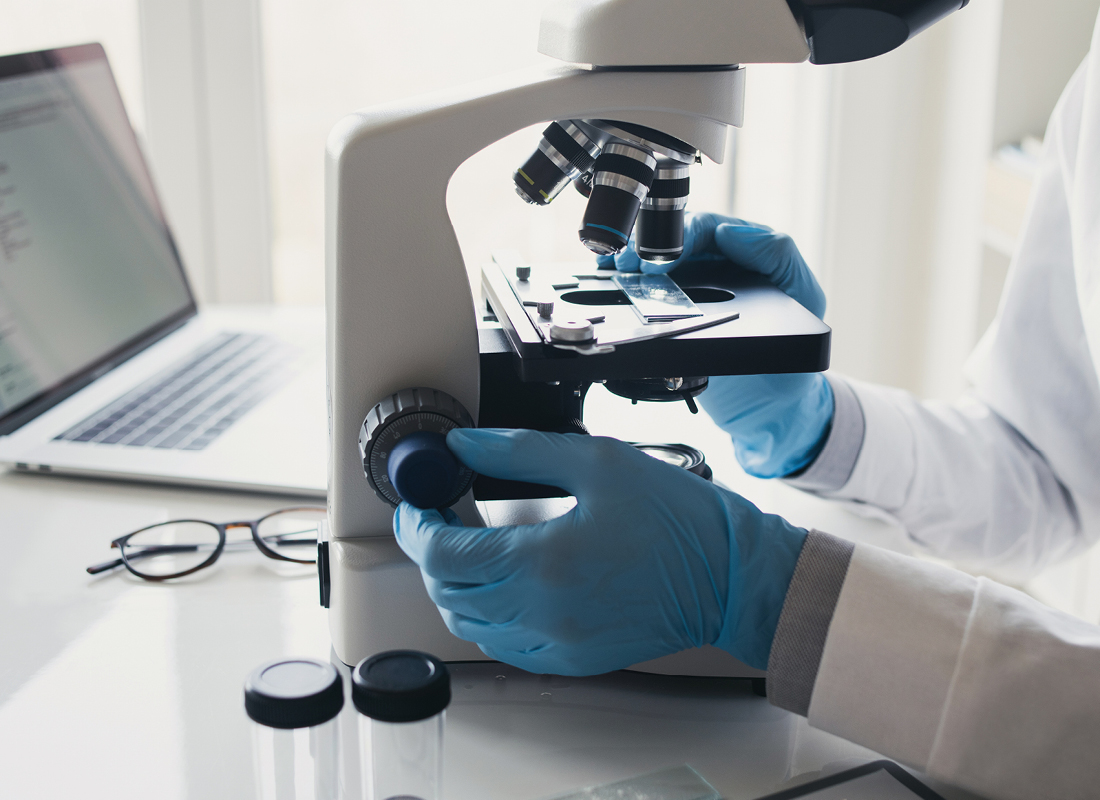Evidence Building for Use of Liquid Biopsy to Drive Treatment Decisions, Monitor Disease Activity
Emerging evidence shows that liquid biopsy is a viable option for detecting and monitoring genomic mutations to inform treatment decisions and to assess disease activity in real-world clinical settings. Among the technology’s many hopes is that it can inform genetic inquiries when tissue biopsies are not safely feasible, that it has the sensitivity to detect changes in resistance and disease burden before imaging modalities, that it can overcome the sampling challenge of tumor heterogeneity, and that eventually, the technology will enable pan-cancer screening for earlier disease detection. Despite the promise that liquid biopsy can provide valuable clinical information in a minimally invasive manner, experts caution that the evidence base remains incomplete to warrant widespread clinical adoption of blood-based applications of next-generation sequencing (NGS) in cancer care. The FDA has approved the CellSearch system (Menarini-Silicon Biosystems) for clinical use in testing for circulating tumor cells in cancer patients, the ability to detect circulating tumor cells, particularly in low-volume samples, remains a concern. Some experts are more encouraged about the prospect for adoption of sequencing technologies that can analyze circulating tumor DNA (ctDNA), even though estimates are that tumor-derived cfDNA accounts for less than 1 percent of total circulating DNA. There is […]

Subscribe to Clinical Diagnostics Insider to view
Start a Free Trial for immediate access to this article